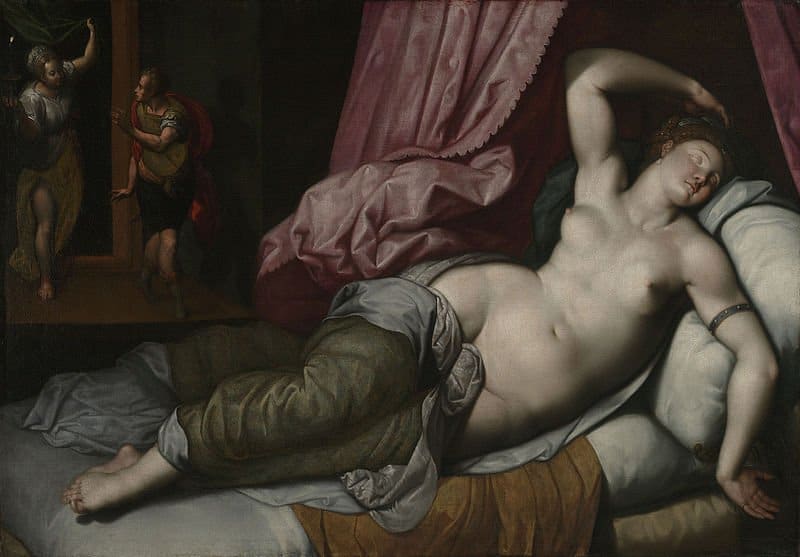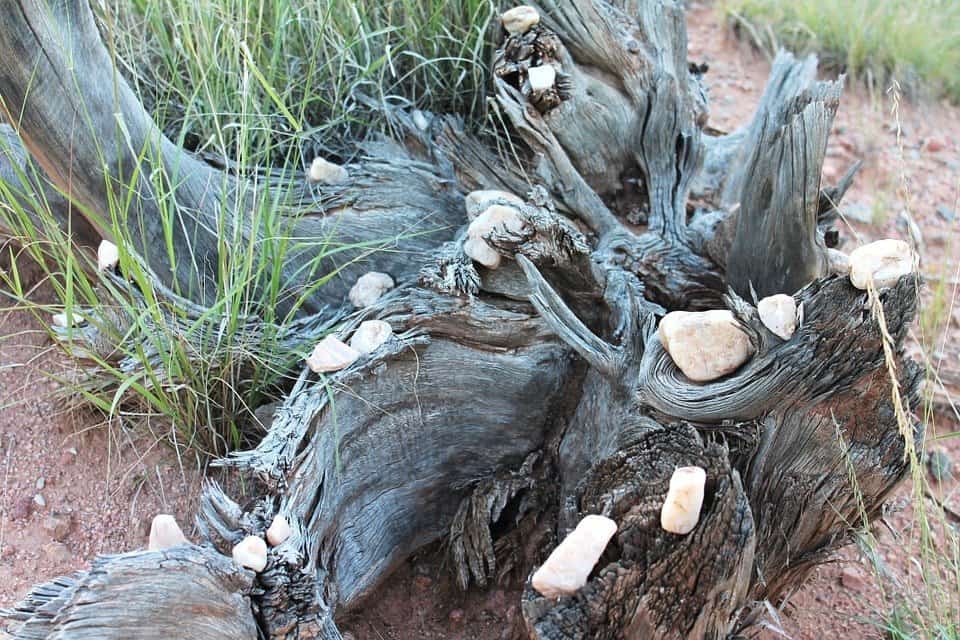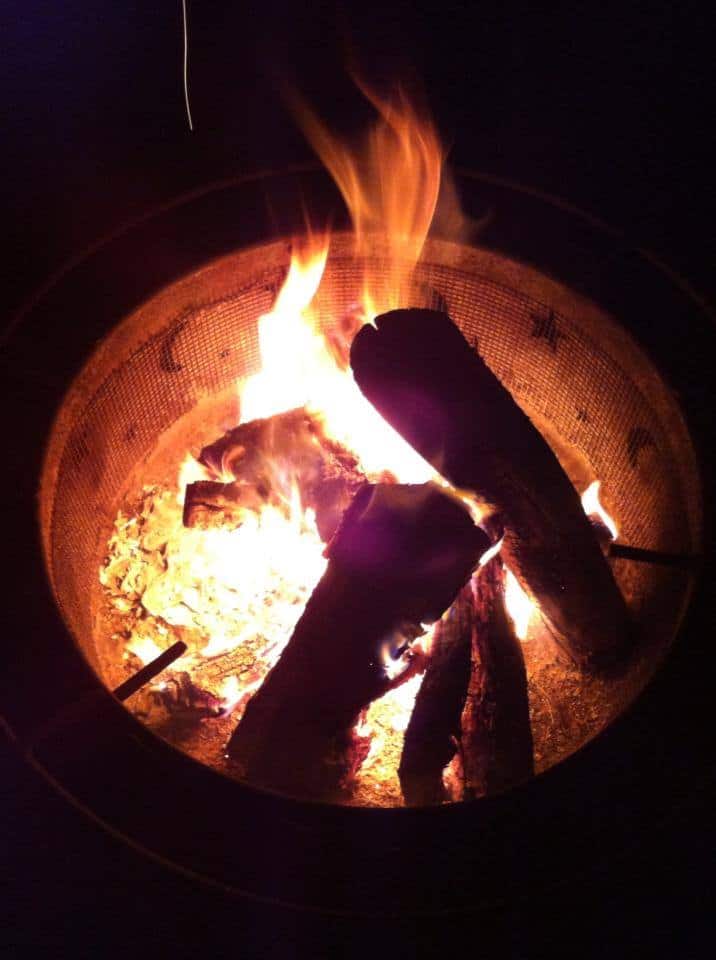All About the Altar ~ What, Why, and How
hat is an altar?
Many of my soulful seekers know what an altar is or they at least have heard of altars before and a number of you have altars that you spend time at on the regular. But for those new to the sacred arts the entire idea of an altar may be a foreign concept.
What are they? Why would we want one? And of course, how do we create an altar for ourselves?
We can answer the first question easily. [easy-tweet tweet=”An altar is a place where one goes to enter into communion, make offerings, and create or participate in ceremony.” via=”no” usehashtags=”no” template=”light”]
 Altars are often described as points of power or points of focus and they are found in every religious and mystical tradition – from the stripped down altars of the Baptists to the luscious altars enshrining various deities in the Hindu tradition, altars are an aspect of the sacred arts that we all hold in common.
Altars are often described as points of power or points of focus and they are found in every religious and mystical tradition – from the stripped down altars of the Baptists to the luscious altars enshrining various deities in the Hindu tradition, altars are an aspect of the sacred arts that we all hold in common.
These sacred places are also fashioned and created in a number of different ways, with each tradition giving precise instruction for what must and must not be included in the erection of the altar.
One of my favorite examples of this are the consecrated altars that you can find in any working Catholic church; in order for the altar to be officially usable and working it must have a relic, a personal concern such as bone or hair, from one of the Saints venerate in Catholic tradition.
Sometimes when we think of altars we assume that they are only found in public places and/or religious spaces like churches or temples. But people have had altars and personal shrines in their individual homes for millennia; these personal altars serve many purposes at the same time: in times when individuals lived far away from a central place of worship the personal altar allowed people to still participate in the rites and ceremonies of their traditions; and in other times the presence of the personal altar has allowed people to be in communion, make offerings, and make ceremony without the oversight of the dominate religious institution but in their own, vastly creative, ways.
But before we talk about the altar as a place outside of ourselves we must look at the very first altar that is much closer than you might think.
“Wherever an altar is found, there civilization exists.” – Joseph de Maistre
Body as Altar
[easy-tweet tweet=”The first altar is the altar of your own blessed body.” user=”@BrianaSaussy” template=”light”] For it is with and through our bodies that we are able to come into communion with that which is vast and timeless, and it is with and through our bodies that we begin to make offerings; for any kind of adornment the is beautiful and pleasing and good is a gift we make unto ourselves. The word “adornment” reaches back into the one of the great mother languages – Sanskrit – and means “cosmos”; this tells us what really happens at an altar – worlds are created and sometimes destroyed.
The word “adornment” reaches back into the one of the great mother languages – Sanskrit – and means “cosmos”; this tells us what really happens at an altar – worlds are created and sometimes destroyed.
When we view our body as a holy place then we make slight, or in some cases significant, changes in how we eat and drink, how much sleep and rest we make time for, what kinds of physical rituals we engage in, and even who we choose to associate with.
Body as altar is a useful practice because it is true, it is good for our bodies, and it allows us to start thinking about altars in a different way – not simply as points in space and time but as living, breathing, creations that we have an ongoing and dynamic relationship with.
“If your altar is not active, your voice will not be strong.” – Steven Chuks Nwaokeke
Communion at the Altar
 Communion is a religious term that is related to words like community, commune, and congregation – in all cases the words indicate the action of coming together, bringing people together, bringing all of the pieces together.
Communion is a religious term that is related to words like community, commune, and congregation – in all cases the words indicate the action of coming together, bringing people together, bringing all of the pieces together.
To participate in communion is to participate in right relationship. In some traditions this participation is made concrete through acts like ritual eating and drinking or blessing one another; in other cases it is more of an internal process.
We can start to get a sense of what the basic requirements for an altar are by thinking about communion; with our selves, our Holy helpers, and each other. Some of these include:
- Designated space – altars have to be erected or built in some way so they do require some space. I have seen altars in bathrooms, desks, and taking over a dining room table. If you do not have any space at this time for an altar but wish to have one then you can create a portable altar by making a shrine with a cigar box, mirrored box, or other container.
- Distraction-free zone – once you have worked at your altar consistently you will find that you barely register distractions, and indeed some of the most sumptuous altars are in public places where there are many people. But in starting out it is smart to set yourself up for success and ensuring that you will be as little interrupted as possible during the time you spend at your altar is smart.
- Safety and respect – it is essential that you create an altar with an eye to safety, especially if you are going to do things like burn candles on it. Likewise, if you have a permanent altar that is in your home and you share your home with others please communicate to them that this is a special and sacred place where you go to pray and that they should not touch objects on your altar, remove anything from your altar, or add anything to it, without your express permission.
- In your daily practice, you will want to decide what you do to designate communion for yourself. What do you do to call yourself back to yourself is the way that I like to ask this question. It can be a short series of movements, it can be as simple as taking a deep breath, or it can be more complex, the point is to decide and then make sure that whatever you need to do it is present at the altar.
- Proper placement – much has been said about where one should or should not place their altars and, wait for it, not everyone agrees. I encourage you first and foremost to look at where you live. If you are planning on putting up an altar that will remain year round then first look at where in your home you can be least disturbed and distracted.
If you have friends and family who are not yet hip to the idea of a personal altar and might be distressed or offended then take that into consideration as well – you may not want to have your altar in your living room!
 Remember that you can make use of the outdoors as well, many altars were traditionally meant to be outside to take that into consideration and also note what the climate is like where you live – maybe an outdoor altar in warmer weather that moves inside when the weather gets cooler is the way to go.
Remember that you can make use of the outdoors as well, many altars were traditionally meant to be outside to take that into consideration and also note what the climate is like where you live – maybe an outdoor altar in warmer weather that moves inside when the weather gets cooler is the way to go.
Assuming that you have some flexibility with where you place your altar; begin by walking around the space(s) that are up for consideration and feeling them out. Ask the space if it wants an altar and if so, where does it want the altar.
Listen. One of the most common places to erect an altar is in the North and another is in the East. In traditions where the four elements are honored or where various saints or holy helpers are worked with there may be several different altars so keep that in mind too; you are not limited to just one.
An altar in the North may well have a grounding influence on your work. Long ago we oriented ourselves to the North Star and we still use due North to give us direction and help us navigate. An altar placed in the north can function in the same way. If you feel scattered, not sure whether you are coming or going, and easily distracted then an altar in the North is a good choice.
An altar in the East honors the major even that occurs in that direction everyday, the rising of the Sun. Working with the sun is something that our ancestors did regularly and we depend on the sun’s rising and setting to designate the length of our days, our sense of time and season, and of course for life itself. The rising sun is the growing and strengthening sun, radiating more light and life into our lives as it ascends. So an altar placed in the east is aligned with these qualities as well: vibrancy, new beginnings, strength, growth, possibility and potential.
South, West, and the point at center, also have their own qualities to consider and now that you know how to think and feel into proper placement I am sure you can figure out what those qualities are for yourself.
Cleansing and Preparing your Altar
After you choose where you would like to place your altar as well as what basic material(s) it will be composed of, it is time to cleanse the space. Spiritual cleansing is a very old practice and can be done in a number of different ways. Usually some kind of water is involved such as holy water from a Church or water that you have blessed yourself. You may also use commercial or homemade Florida water to cleanse the space. In my own practice I have used the following rhyming prayer to get rid of negativity:
“I banish thee, I banish thee!
I send thee out and set thee free!
To dwell among root, tree, and stone
And never through my halls do roam!”
Feel free to use that or to simply pray straight from the heart that your new working space is cleansed and purified. At this point some people like to pass a bit of incense or an essential oil diffuser over their working space with the intention of bringing it into attunement with their desires for the work ahead.
I anoint the four corners and center of my working space with an anointing oil appropriate to what I will be working on. You may also use olive oil to do this.
“Ritual will always mean throwing away something: destroying our corn or wine upon the altar of our gods.” G.K. Chesterton
Offerings at the Altar
 One of the primary functions of an altar is that it is a place where offerings are made. So obviously the next part of building your altar is feeling into who and what you will make offerings to as well as what kind of offerings need to be made.
One of the primary functions of an altar is that it is a place where offerings are made. So obviously the next part of building your altar is feeling into who and what you will make offerings to as well as what kind of offerings need to be made.
You may just build an altar to honor yourself and a venture that you are working on; in that case, what offerings would you like to have on the altar? If you are working with a specific spirit, deity, saint, or holy helper then you will need to spend some time with them discovering what kinds of offerings they would most like to have. At this point we should note something that long time spirit workers are very aware of, when working with other energies and intelligences, it is very common for the requests for offerings to change throughout the course of your work.
Consider what offerings you will make on a regular basis (daily, weekly, monthly, yearly) and make sure that the practical things you need to make this process as seamless as possible are present at the altar or easily at hand. For instance, if your practice is to light a candle then you need to have the matches close by. If your practice is to offer up red wine then you will need an offering bowl on the altar.
Some offerings are edible and others (like candles or incense smoke) are not. Every serious spiritual teacher and seeker I have worked with has agreed on the point that your altar space should be kept as clean as possible.
This means that offerings that are edible should either be placed on the altar to be blessed and offered up and then consumed by you, or, after a reasonable period of time ritually disposed of; they should not be left to mold on the altar.
Bits of wax, ash from incense, and old matches should also be routinely removed from your working space. This also means that if you go to a place where there is a public altar, please leave items that will not create a mess once you have gone. Pure spring water is a very traditional offering that carries little negative imprint on a holy place or the land where it lives.
Ceremony at the Altar
 In my experience most people create an altar with a specific ceremony in mind, the ceremony comes first and the altar building comes second. So chances are that you already know what you will be doing at the altar and what rituals you will make.
In my experience most people create an altar with a specific ceremony in mind, the ceremony comes first and the altar building comes second. So chances are that you already know what you will be doing at the altar and what rituals you will make.
Those who have a longstanding or permanent altar up would do well to choose one or two days a month (I go by full and new moon most of the time and sometimes the balsamic moon) to take the items off of their altars, clean them thoroughly, bless them and consecrate them anew, and then either replace the items as they were or rearrange their altars to reflect the next cycle of ceremony they will be engaging in.
If you are looking to begin a daily practice and have created an altar in order to support yourself in that endeavor then I recommend starting simple: blessing yourself, pulling a card of the day from your favorite tarot deck, stating your full name and your intention for the day, and of course my two favorite practices: cultivating calmness and my version of grounding, centering, and anchoring are all good places to begin.
I’ll leave you with this final consideration, altar building changes the way that you look at and inhabit your physical space. Before you know it, you will have several altars popping up for different purposes and not long after that you will look at every room you occupy as well as places outdoors with an eye to what about them is most beautiful, restorative, magical, and sacred.
Enjoy your altars and the magic you will make at them!